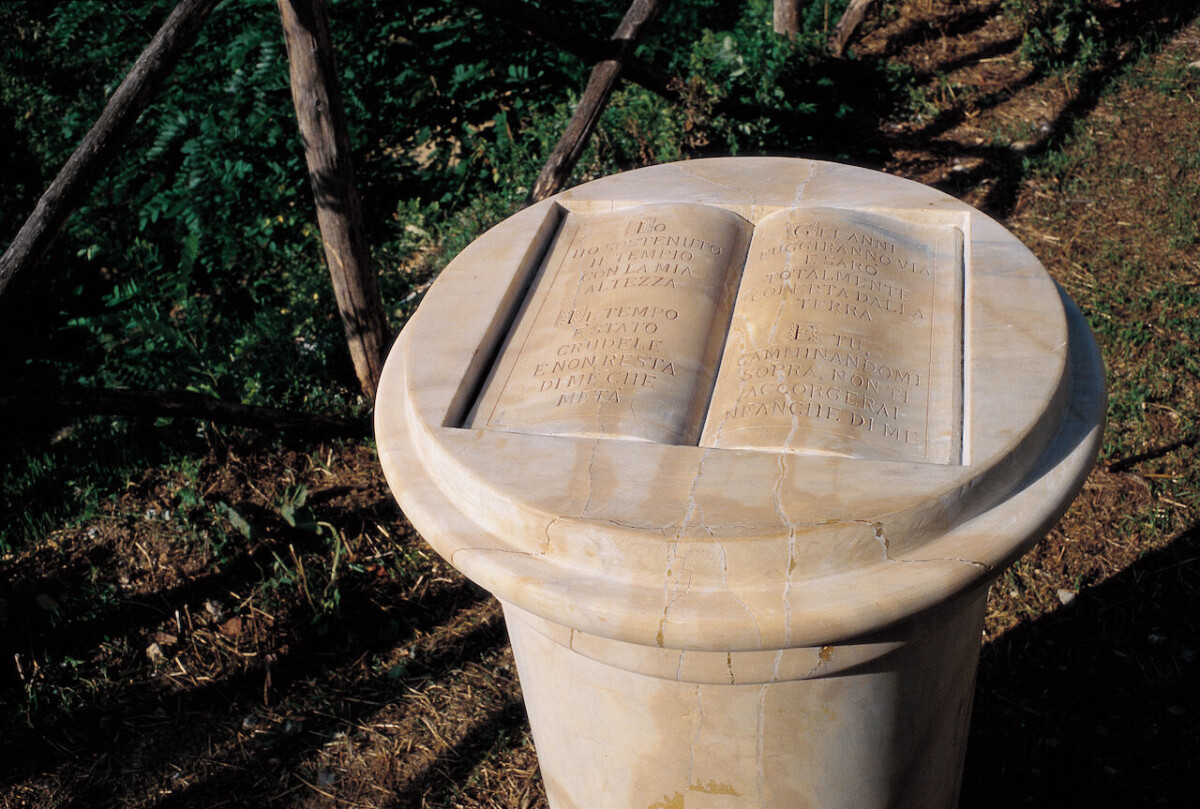“Quando Mario mi ha proposto per la terza edizione di Art to Art di far istallare le opere di Ilya Kabakov confesso che sono rimasto un po’ sorpreso. Conoscevo Kabakov solo come uno degli artisti di maggiore rilievo del nostro tempo, ma il mio sapere non andava molto più in là di alcune foto su certe sue opere. Ma non comprendevo il legame, non con Colle di Val d’Elsa. Poi il trio Mario, Lorenzo, Maurizio mi ha presentato il progetto; l’idea di collegare tra di loro diverse epoche storiche, basato su tre punti di riferimento epocali: il periodo classico, il medioevo, l’età contemporanea. Il primo rappresentato da una colonna di marmo giallo della montagnola senese, alla cui sommità si apre un libro il cui testo rimanda al culto della rovina. Il secondo, visibile attraverso un cannocchiale istallato in uno scenario suggestivo di via delle Romite, raffigurante una finestra illuminata con due figure umane e due angeli. Il terzo, metafora sulle tragicomiche vicende del presente, è una lastra in plexiglass su cui è posto uno sciame di mosche che forma la scritta: “noi siamo liberi”. Così, la sapiente disposizione delle opere nel centro storico di Colle, mostra come gli strati di modernità successiva siano raffigurabili in arte con una pura e semplice produzione mentale. Arte, che fa conoscere l’artista e la sua straordinaria umanità. Una umanità trasparente come il cristallo della mia terra.”
— Marco Spinelli, Sindaco di Colle di Val d’Elsa, tratto dal catalogo Arte All’Arte III, 1998

